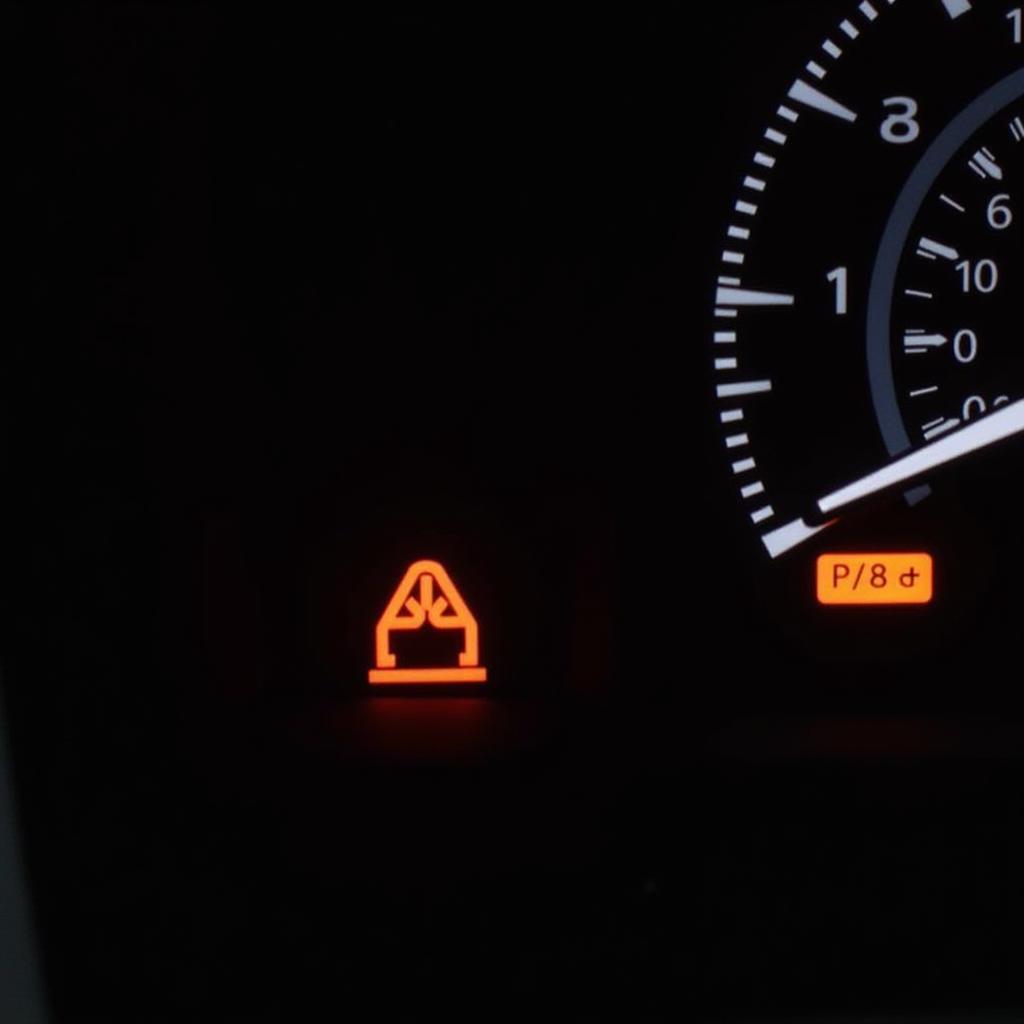“What kind of anti-theft does my car have?” It’s a question many car owners find themselves pondering, especially when considering additional security measures or troubleshooting potential issues. Understanding your vehicle’s anti-theft system is crucial for peace of mind and effective vehicle management.
Identifying Your Car’s Anti-theft System
While modern vehicles often boast sophisticated anti-theft systems, older models might have more basic setups. Identifying your car’s specific system can sometimes be tricky. Here’s how to get started:
1. Check Your Owner’s Manual
Your owner’s manual is your first point of call. It often dedicates a section to the car’s anti-theft system, detailing its components and functionality. Look for keywords like “immobilizer,” “alarm system,” “keyless entry,” or “vehicle security.”
2. Inspect Your Dashboard and Key Fob
Visual cues can also reveal information about your anti-theft system. Look for flashing LEDs on your dashboard, typically shaped like a car with a key or a padlock. Your key fob might also have dedicated buttons for locking/unlocking and activating/deactivating the alarm system.
3. Research Your Car’s Make, Model, and Year
Online resources can be beneficial if the above steps don’t provide definitive answers. Websites specializing in car specs or forums dedicated to your specific car model can offer valuable insights into the standard anti-theft features for that year and model.
 Car dashboard with a flashing immobilizer light indicating the anti-theft system is active.
Car dashboard with a flashing immobilizer light indicating the anti-theft system is active.
Common Types of Anti-theft Systems
Car anti-theft systems have evolved significantly over the years, encompassing a range of technologies designed to deter theft. Here are some common types:
1. Immobilizers
Immobilizers are standard in most modern vehicles. They prevent the engine from starting without the presence of a recognized key fob or transponder key. These systems utilize a microchip in the key that communicates with the car’s engine control unit (ECU), disabling ignition without the correct code.
2. Alarm Systems
Car alarms act as deterrents by emitting a loud sound when triggered by unauthorized entry attempts. They typically involve sensors on doors, the hood, and the trunk, and some even have motion sensors or shock sensors to detect attempted towing or break-ins.
3. Keyless Entry Systems
Keyless entry systems offer convenience and security, allowing you to lock and unlock your car without physically inserting a key. They work through a coded signal transmitted from the key fob, and some advanced systems even allow for remote starting.
 Mechanic plugging in a diagnostic tool to a car's OBD-II port for anti-theft system troubleshooting.
Mechanic plugging in a diagnostic tool to a car's OBD-II port for anti-theft system troubleshooting.
Troubleshooting Anti-theft System Issues
Malfunctions within the anti-theft system can lead to frustrating situations like being locked out of your vehicle or experiencing starting problems. In such cases, it’s best to consult a professional automotive electrician or a specialized diagnostic service like those offered by Cardiagtech. They possess the expertise and tools to diagnose and rectify complex electrical issues in vehicles.
FAQs about Car Anti-theft Systems
Here are some frequently asked questions about car anti-theft systems:
Q: Can I install an aftermarket anti-theft system on my car?
A: Yes, several aftermarket anti-theft systems are available that offer enhanced security features like GPS tracking or remote immobilization. It’s recommended to have these professionally installed for optimal performance and integration with your car’s existing electrical system.
Q: How do I reset my car alarm after it’s been accidentally triggered?
A: The method for resetting a car alarm varies depending on the make and model. Typically, you can disarm the alarm by unlocking the driver’s side door with your key, inserting the key in the ignition, or pressing a specific button sequence on your key fob.
Q: Can a dead car battery affect my anti-theft system?
A: A dead battery can potentially cause issues with your anti-theft system, particularly if it relies on keyless entry or an immobilizer. In some cases, jump-starting the car can resolve the issue, while in others, reprogramming of the key fobs might be necessary.
For more information on car diagnostics and troubleshooting, explore the range of resources available on CARDIAGTECH.

